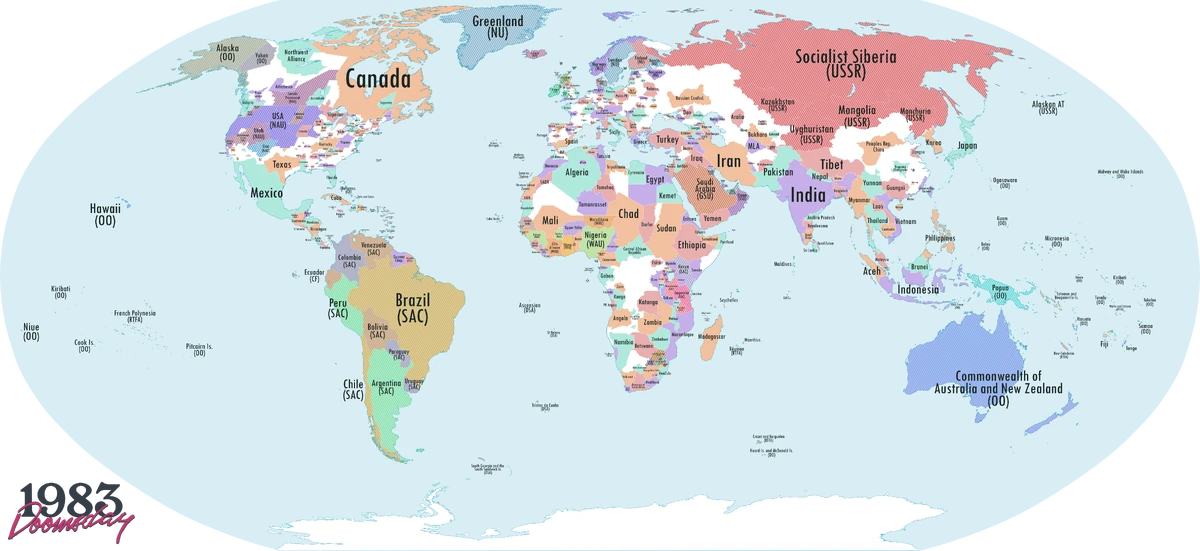If NATO and the WP nuke each other in 1983, you can pretty much render the whole northern hemisphere uninhabitable. Neither the US nor Russia will “win”. Both countries with take at least one warhead on every city with a population of 10,000+. Europe will cease to exist. The Southern Hemisphere will receive hits on strategically important targets but relatively few cities will be struck, not that it will matter much because the disruption of global trade will result in large scale famines anyways.
Not the *entire* northern Hemisphere. Large parts of it yes - anything above 40 degrees latitude and east of Helena, Montana for North America is dust but chunks will survive. South and Central America, most of the Caribbean, Central and Southern Africa (if the latter doesn't fall to racial warfare shortly thereafter), and ANZAC should be in decent positions to start recuperation. Beyond that it's highly variable.
